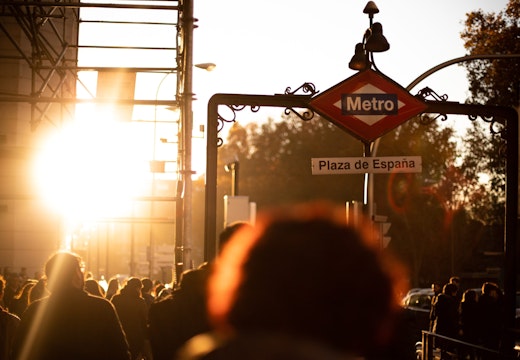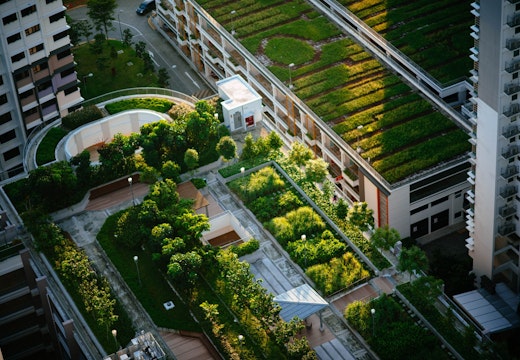Nexus value: charting the shift from mixed-use to mixed-experience
Mixed-use has been advanced as a way to reanimate city centres, but is it enough? A Mirvac report argues for a shift to mixed-experience projects that can create a new form of value known as ‘nexus value’
As city centres and workplaces both continue to struggle to attract people back in the aftermath of the pandemic, real-estate developers face a reckoning in terms of adapting their assets to the changing needs of the hybrid era.
Mixed-use development has long been touted as a route to reanimating Central Business Districts, which have traditionally been mono-cultural in character, with a mix of uses such as workspace, retail, entertainment, hospitality, transport and so on.
However, a new report from Australian developer Mirvac with WORKTECH Academy argues that simply bringing together physical spaces with different commercial use types in one location – the traditional model of mixed-use – will no longer be enough to deliver the outcomes needed to create vibrant and sustainable places where people want to be.
All about programming
The future, says Mirvac, will be about delivering mixed experiences to derive ‘nexus value’ – that incremental increase in value that you get when you programme a site to deliver enhanced amenity, to provide a better quality of life for people, and to be more than the sum of the parts. According to Paul Edwards, Mirvac’s General Manager, Strategy & Customer, who commissioned the report, ‘The programming is the difference between providing a space and delivering an experience.’
Mirvac’s whitepaper, ‘Unlocking nexus value: from mixed-use to mixed-experience’ was launched this spring at the WORKTECH Melbourne and WORKTECH Sydney conferences. Co-authored with the Academy’s research team led by Dr Imogen Privett, it sets out the case for a shift from mixed-use to mixed-experience development projects – and explains how ‘nexus value’ is a major departure from traditional valuation models such as ‘highest and best use’.
Components of nexus value
Key components of nexus value are identified in the report as including a distinctive offer, an ability to flex according to changing preferences, public space as a focal point for community activation and programming, green spaces for leisure activities, and a diverse and inclusive approach to the built environment that enables positive social impact.
However, the authors of the report warn that new forms of valuation will require a significant shift in mindset, combining new financial, environmental and social modelling with a fresh focus on experience design. Three Mirvac projects in Australia – South Eveleigh, Waterloo Collective and Harbourside, Sydney – are used in the paper to illustrate the approach alongside a host of international examples from the UK, USA, Korea and elsewhere.
Sense of belonging
One of the key drivers of mixed-experience projects is the growing trend for urban transformation projects around the world to actively look to extract social value. The rise of experience in both workplaces and city-centres is being driven by a need to bring people back after the pandemic. A set of interdependent factors such as place identity, grassroots projects, events, festivals, public art and multi-sensory richness, which are experiential in character and create a sense of belonging, is advanced as the way to achieve this.
The Mirvac paper is based on a series of expert interviews and an extensive literature review in the field. It proposes a series of possible new metrics for nexus value, drawing on fields as diverse as retailing, city development, diplomacy, public health and mobility.
‘Smart innovations to enhance the user experience are part of the story of the shift to mixed-experience projects…’
It also suggests how digital technology can support a new approach. Using technology to streamline the process of community engagement, using data to make informed real-time decisions about managing buildings, and introducing community apps and other smart innovations to enhance the user experience are all part of the story of the shift from mixed-use to mixed-experience projects.
Paul Edwards describes this shift as ‘the next frontier in development’ and says: ‘Can we afford not to consider the potential of nexus value? This report marks the start of a wide-ranging conversation on this topic.’
Download Mirvac’s discussion paper on ‘Unlocking nexus value: from mixed-use to mixed-experience’ here.
Read an extract from Mirvac’s Nexus Value report in WORKTECH Academy’s Innovation Zone here.








